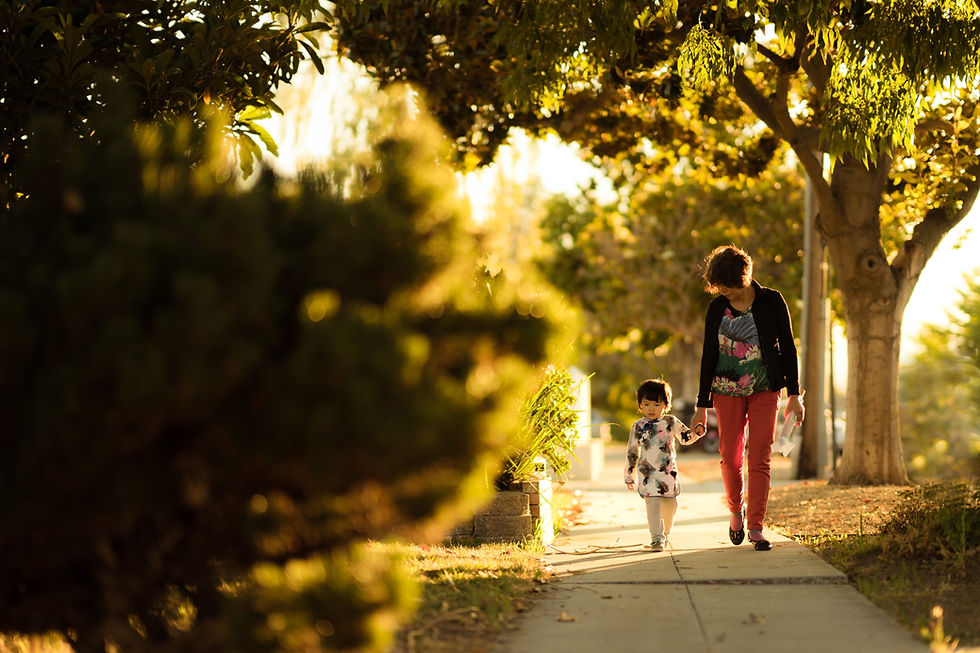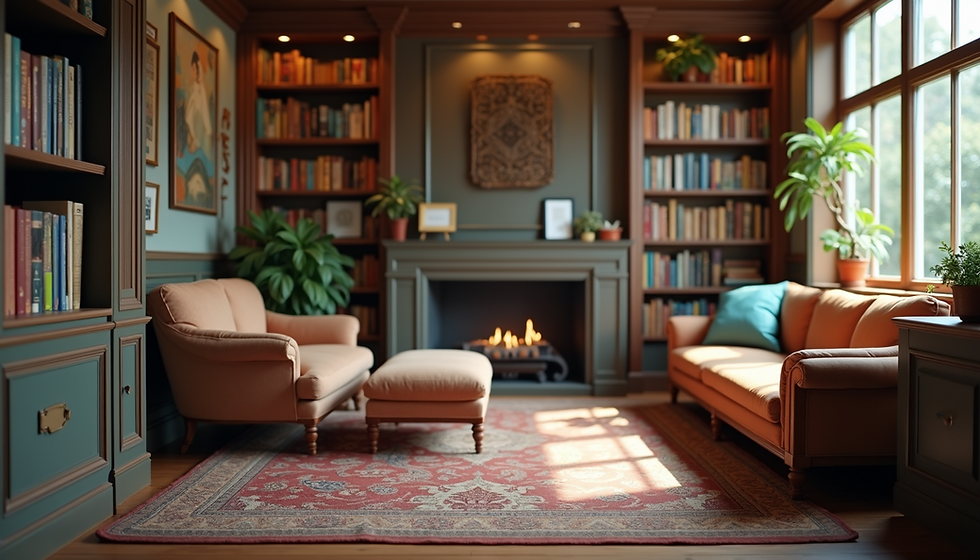Can Urban Designers & Architects Play A Role in Reversing Climate Change?
- Aug 10, 2022
- 5 min read
Updated: Apr 13, 2023
In an eye opening session with Architect Shrida Venkatesh, the teens at the Young Writers' Club learnt about the role that Architects and Urban Designers play in building cities that are people centric and have self sufficient designs that can help reduce green house emissions significantly and in the process, enhance quality of life.

Shrida Venkatesh completed her Masters Degree from the Manchester School of Architecture, in U.K. Her thesis was about building a people centric city in which it would be possible for people to live in proximity of their work places, schools, stores etc., thus enabling them to walk without having to use vehicles to reach their destinations. The altered approach to urban planning, if implemented, would help take a number of cars/vehicles off the roads, thus reducing emissions significantly. Not just that, a people centric city is said to substantially enhance the quality of living.
The altered approach to urban planning, if implemented, would help take a number of cars/vehicles off the roads, thus reducing emissions significantly.
Excerpts from the conversation
We began with a brief discussion about what climate change is and what causes it. Shrida highlighted the various less talked about aspects such as the use of coal to source energy for heating solutions in buildings, deforestation to make way for new buildings and even garbage landfills. All of these human activities have been significantly contributing to greenhouse gas emissions which in turn has accentuated global warming.

Where do architects and urban designers intervene?
They devise solutions to modify human activities such as the ones mentioned above, to prevent or reduce greenhouse gas emissions. In her project, Shrida was involved in designing a 'self sufficient' city. Manchester city's goal is to be a zero carbon city by 2038. In order to be able to achieve this, an area that is considered an extension of the city centre has been created. Known as the Northern Gateway, Shrida's project involved building a mini city that provided 15,000 new residential units. This city is to be a zero carbon city.
Collecting and analysing data to devise alternative solutions
To be able to do this, she collected data about difference aspects such as emissions from the housing sector and transport. She also studied the data on the weather, demographics, rainfall, amount of solar energy available, scope for creating open spaces and making people mobility as easy as possible.
In the housing sector, she analysed data about electricity usage. Global warming leading to vagaries in weather patterns can have a different impact on energy requirements. Manchester city being a cold city has been becoming colder on account of adverse effects of global warming, which translates into increase in the use of electricity for heating solutions, thus increasing the reliance on coal. She studied solar energy data to figure out solar energy generation options for homes and other buildings.
Manchester city being a cold city has been becoming colder on account of adverse effects of global warming, which translates into increase in using electricity for heating solutions, thus increasing the reliance on coal, even more.
In the transport sector, she studied the extent of use of vehicles as a means to be mobile. The objective was to devise strategies to reduce usage that was significantly contributing to emissions by creating effective alternatives. She wanted to make her model more walkable so that people can depend less on motorised transport and rely more on active transport such as walking or cycling.
Accessibility
Making walking/cycling easily possible also entails planning the city in such a way that workplaces, schools, grocery shops and entertainment venues are in close proximity to the residences. This would reduce the dependence on motorised transport thus reducing emissions significantly.

Making spaces for rainwater harvesting
Adequate water supply and making provisions for the same is critical to any city and something that an urban planner and architect must make adequate space for.
The 15 Minute City Design
For those of us living especially in the metropolitan cities, having all that we need within 15 minutes of our residence that can be accessed by walk without relying on motorised transport is something that we cannot even fathom. The drive to combat climate change by more conscious urban planning and building 'self sufficient' cities might actually make 15 minute cities a reality.

There will be plenty of side walks, with trees on the road side for shade making walking a pleasant and less tiring activity. Green spaces such as parks, healthcare centres, grocery stores, work places, schools etc, will all be within maximum of 15 mins in the grids that have been carefully planned. There will also be access to local transport to travel to nearby neighbourhoods. These cities will be completely run on solar energy. The buildings will be designed in such a way that maximum sunlight can be harnessed to generate solar energy to meet the varied needs. Efficient waste management systems that would reduce the amount of waste that goes into landfills thus reducing methane emissions.

To know more about the intricate aspects of this urban design model created by
Shrida Venkatesh, click here
Taking the discussion further...
What can be done in existing cities?
Adaptive Reuse is a design strategy which modifies the interiors without changing the exterior look. Shrida gave us the example of "Ice House" in Chennai which was used as Ice factory before and how this strategy was used to modify this monument. Maintaining the heritage of buildings is another requirement which needs to be kept in mind when we devise plans for modifying existing buildings.
Materials used in buildings and their role in sustainable development of cities.
Materials such as steel and concrete widely used in construction in India contributes significantly to carbon emissions. Research has been leading to discovery of new materials that are a lot more environment friendly and sustainable. Cross laminated timber is one such material that is lighter, easier to use in building and is sustainable. The construction industry is moving to using more sustainable materials to meet the zero carbon emission targets that are set now.
Road planning- small vs large streets
If cities are planned in such a way that proximity is not possible, using cars becomes imperative. Streets tend to be wider to make way for cars. The more number of cars, the wider the roads get. Making roads narrower and making more space for people to walk comfortably and bringing about proximity to most places is a shift that needs to happen in urban design for the future.
Innovation in terms of absorbing excess carbon di oxide from the atmosphere- is this possible yet?
Shrida spoke about the Urban Sequoia project that is being tested. The concept entails green panels which have algae. Algae helps in absorbing excess carbon di oxide.
The entire discussion led us all to ponder about the human species as a survival species. We have been through many odds in human history and surpassed them to make progress possible. Shrida's work is another testimony to the fact that we live in interesting times, where humankind is trying to find ways to solve a problem that concerns every life on earth. How these efforts pan out and how our lives will get shaped in the future is something that we have to wait and watch.
Sign up for our newsletter if you would like to stay informed







Comments